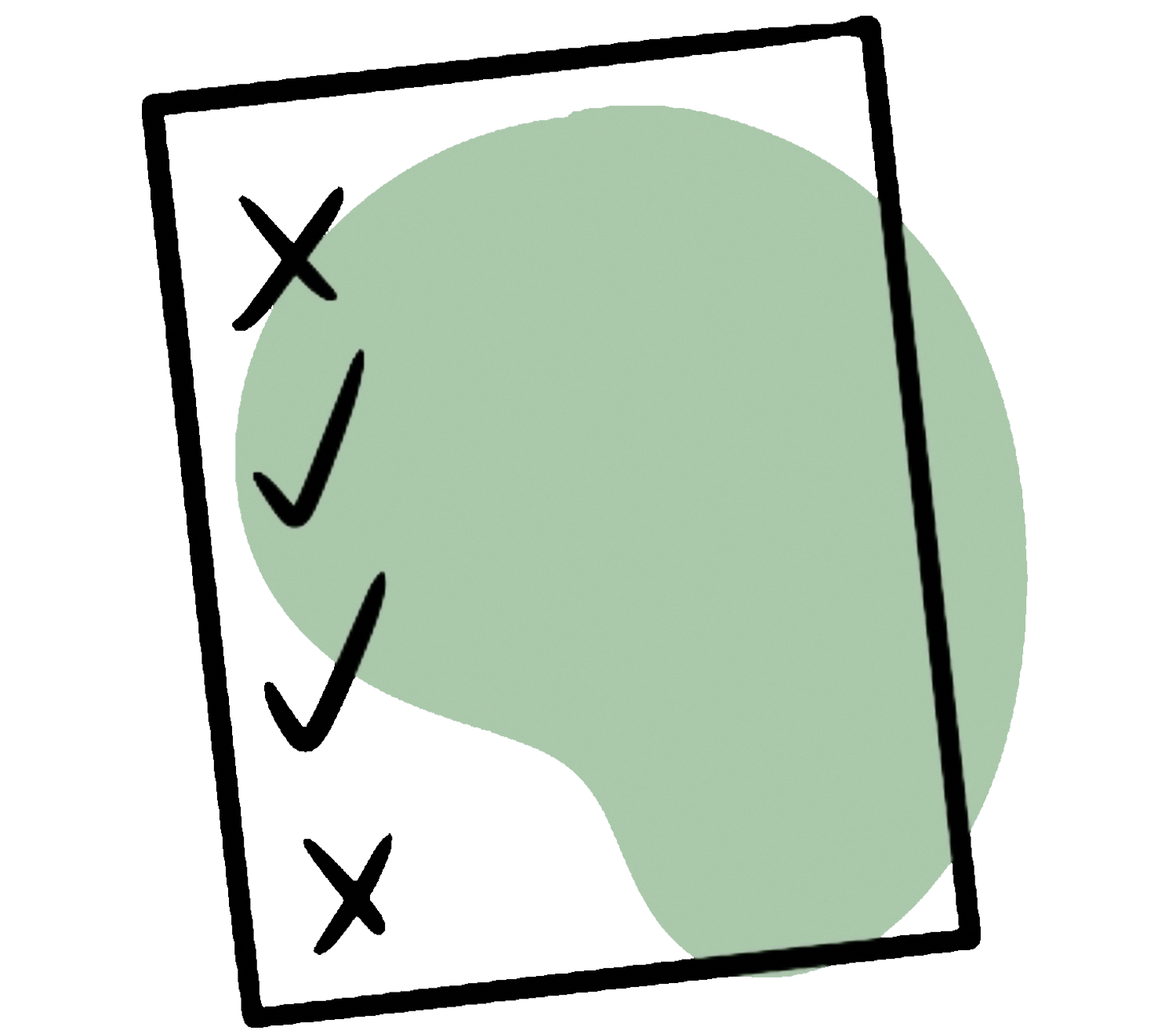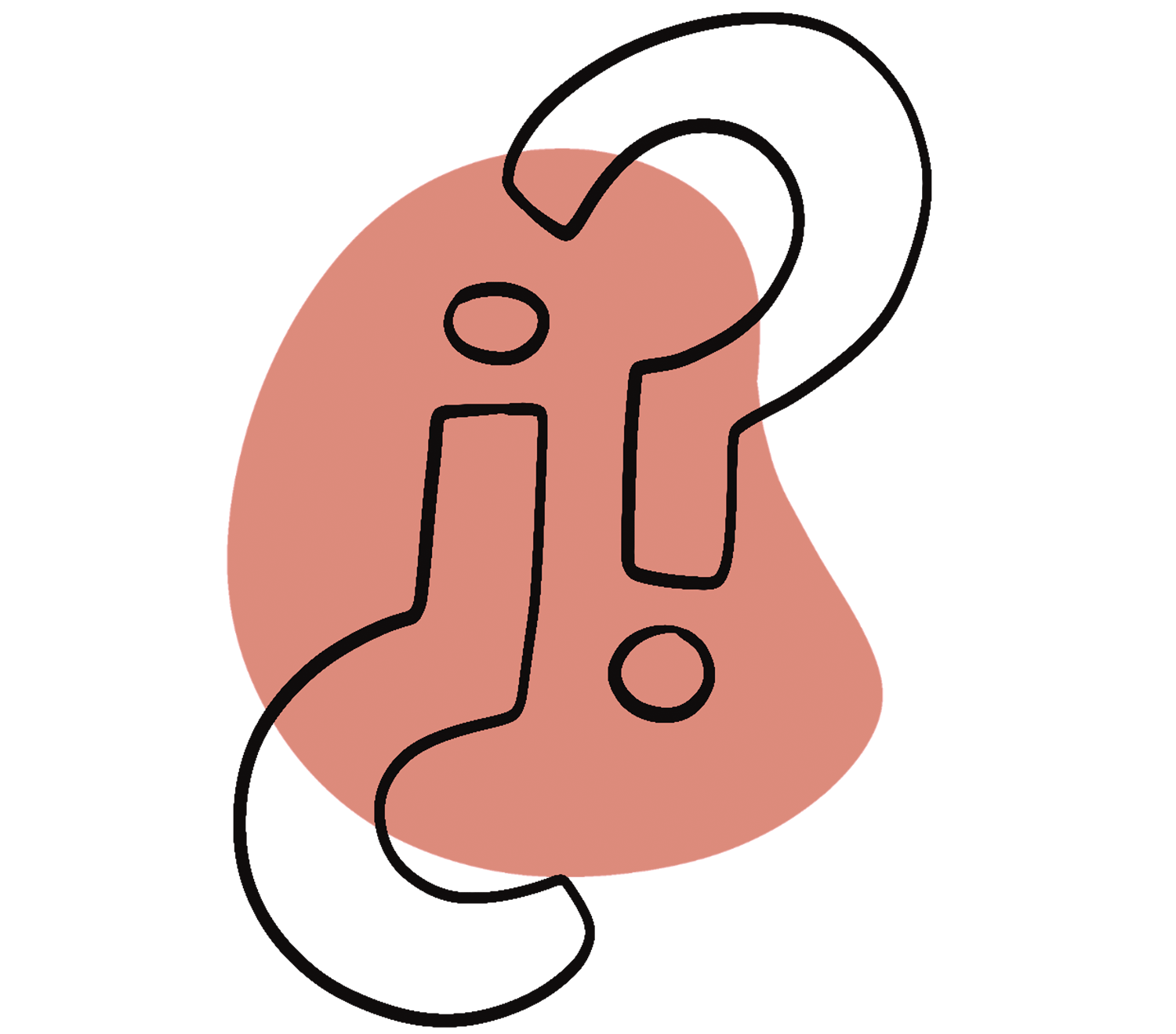If you refer to the same source repeatedly, you can abbreviate it from the second short reference onward with “ibid.” (ibidem). This reference always refers to the most recently cited source. Changed page numbers are indicated e.g. as follows: (ibid., p. 44).
Academic titles, honorary titles, or professional titles (such as e.g. Prof. Dr.) are not included in the short reference.
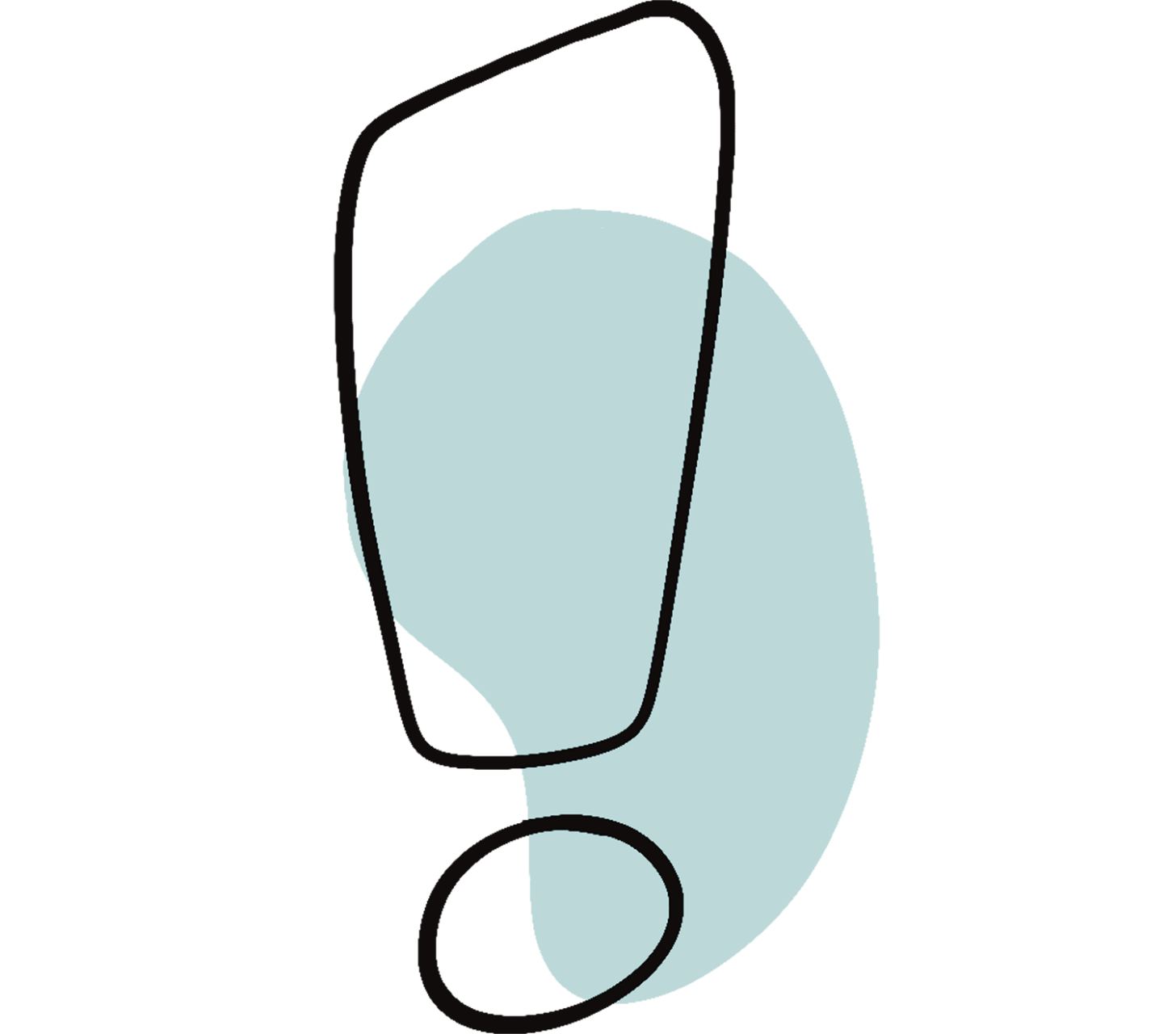
There are hundreds of different citation styles that vary by discipline, publication, and personal preferences. The following explains the citation style developed specifically for the Faculty of Social Sciences: “Faculty SW”.
This is a citation style that uses short references in the text. It is based on the “Guidelines for Manuscript Preparation” of the German Psychological Society [DGPs] (2007), which largely correspond to the internationally established regulations of the American Psychological Association (APA).
Instead of an in-text short reference, you can alternatively use a short reference in footnotes. Discuss specific questions about using footnotes directly with your supervisors, e.g. regarding the use of long references. Otherwise, the recommendations presented here for short references apply.
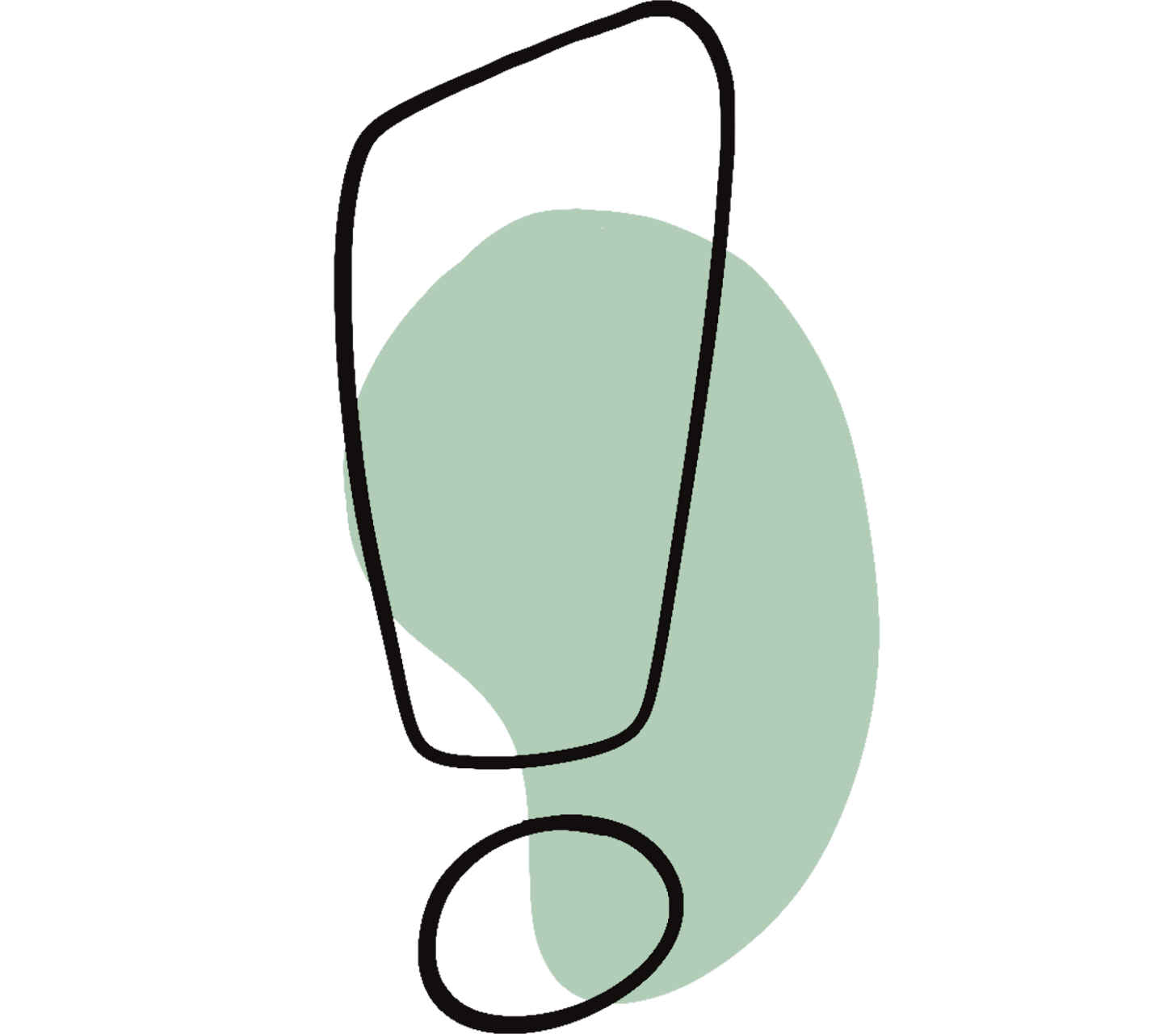
The short reference essentially contains three elements: the authors’ last names, the year of publication, and the relevant page numbers. If no page numbers are given in the publication or they are not relevant, indicating the year of publication is sufficient. If the authors are already mentioned in the same sentence, you do not need to repeat them in the short reference.
Examples:
In Thiersch (1986), everyday life is the starting point for his theory of life-world-oriented social work.
Life-world orientation in social work refers to people’s everyday lives (Thiersch, 1986).
Institutions, organizations, associations, and companies can take the place of authors in source references. These are called corporate authors. If it is common for the institution to use an abbreviation, you may do so. In this case, provide the full name followed by the abbreviation in square brackets on first reference. For subsequent mentions, the abbreviation is sufficient. In the reference list, use the full name.
Examples:
First mention of the corporate author: (Federal Ministry of Labour and Social Affairs [BMAS], 1999)
Subsequent mentions of the corporate author: (BMAS, 1999)
Mention of the corporate author in the reference list: Federal Ministry of Labour and Social Affairs [BMAS] (1999)
Sometimes the necessary information is incomplete. Especially for online documents, the date, authors, or page numbers may be missing. Naturally, you can only provide what is available. If authors are missing, the responsible organization (association, institution, publisher) replaces the authors. If the year of publication is missing, you can use the abbreviation “n. d.” (not dated) instead of the year to indicate that this information is not available for this source. Often, you can find the missing information in the website’s imprint.

Example:
(Wildwasser Nürnberg e. V., n. d.)
Two authors are connected in the text with the word “and”, whereas in parentheses and tables they are connected with the ampersand (&).
Examples:
According to Grimmer and Neukorn, psychotherapy and coaching “can be placed on a continuum with two poles and a boundary and overlap area in the middle” (2010, p. 47).
They consider it more precise to place psychotherapy and coaching “on a continuum with two poles and a boundary and overlap area in the middle” (Grimmer & Neukorn, 2010, p. 47).
For three to six authors, list all names the first time they appear. For subsequent mentions, list only the first author followed by “et al.” (lat. for “et alii”, eng.: “and others”), the year, and the pages.
Examples:
First mention in text: Müller, Meier, Huber, and Schmidt (2001, p. 12)
First mention in parentheses: (Müller, Meier, Huber & Schmidt, 2001, p. 12)
Subsequent mentions: Müller et al. (2001, p. 13) or (Müller et al., 2001, p. 13)
For more than six authors, list only the first author in the short reference, followed by et al., the year, and the pages.
Examples:
Full reference: Huelmann, Thorben; Ferdinand, Hanna; Gebauer, Miriam; McElvany, Nele; Bos, Wilfried; Köller, Olaf & Schöber, Christian (2014): Accuracy of teachers’ judgments regarding students’ self-efficacy beliefs. In: Heinz Günter Holtappels, Ariane Willems, Michael Pfeifer, Wilfried Bos & Nele McElvany (Vol.): Yearbook of School Development, eds. 18. Data, examples, and perspectives (pp. 298–320). Weinheim: Juventa.
Short reference in text: Huelmann et al. (2014) examine the accuracy of teachers’ judgments regarding their students’ self-efficacy beliefs.
If a direct or indirect quote in the original text spans more than one page, indicate this with “f.” for the next page or “ff.” for several following pages. This is added directly after the page number without a space. Alternatively, you can specify the exact page range. If the relevant passage spans more than three pages, always indicate the first and last page.
Examples:
Each statement contains four aspects: factual content, appeal, self-revelation, and relationship (Schulz von Thun, 1981, p. 25ff.).
The four-phase model of grief according to Kast is presented in the following (1982, pp. 20–27).
There are two types of quotes: direct (verbatim) and indirect. For both types, always provide a reference indicating the source.
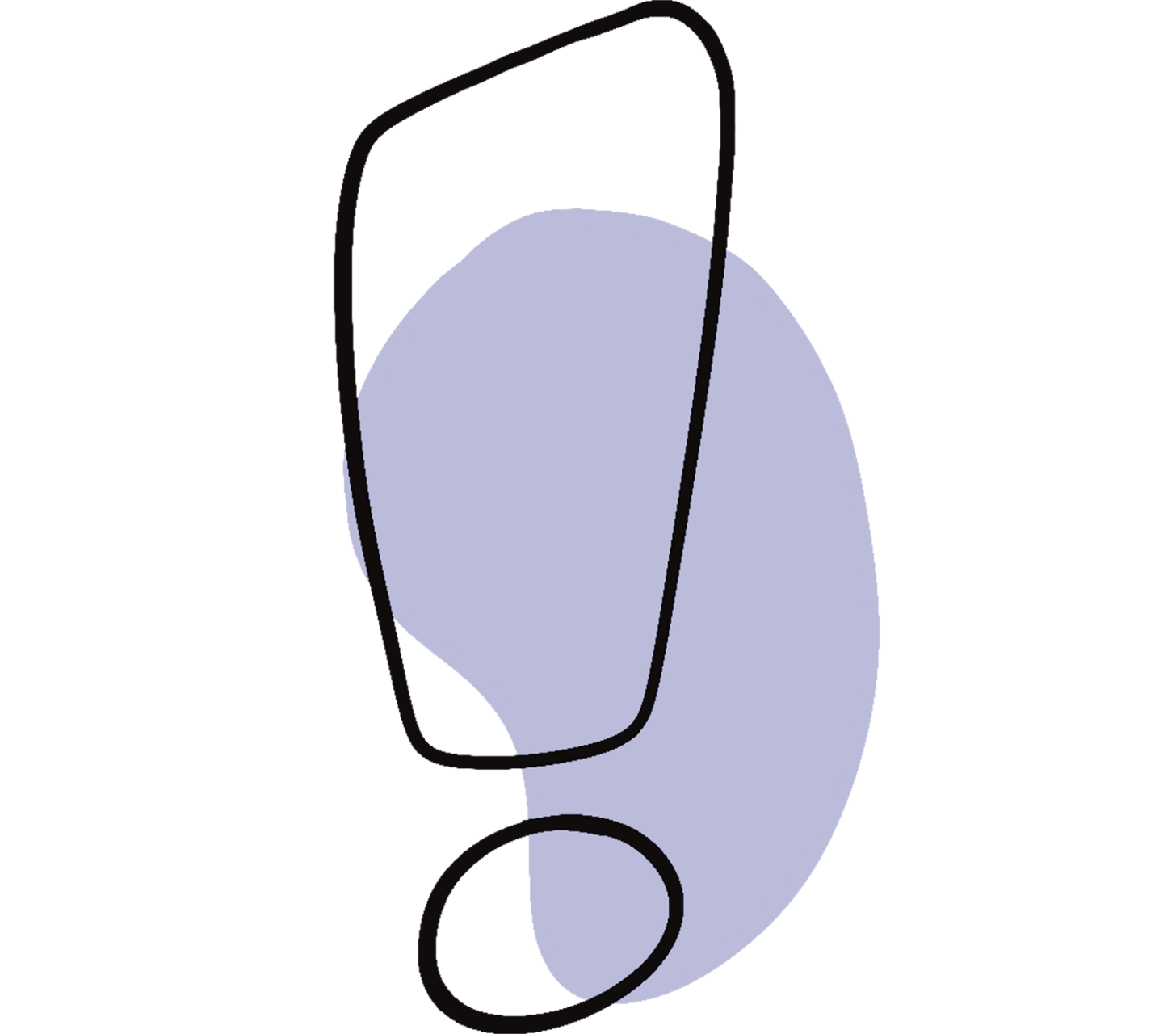
Example:
“Working with other people’s academic texts is more than just putting quotation marks in the right place” (Pohl, 2007, p. 295).
If the direct quote contains a mistake, indicate it with “[sic!]” (lat.: “thus”) to show the error was in the original.
Example:
“With work 40. [sic!] everything changes: The world of work is transformed by Big Data, Cloud Computing, and robots” (Mustermann, 2017, p. 24).
Omissions and grammatical changes in direct quotes must be marked with […] unless the omission occurs at the very beginning of the quote.

Example:
Kohl concludes that “the deliberate intention to ‘cheat’ […] was only [sic!] recognizable in exceptional cases” (2001, p. 168f.).
Long direct quotes are rarely necessary. If used, for quotes longer than 40 words, a special, space-saving format is recommended: Set the quote as a single block with indentation on both sides. Do not italicize, as this reduces readability. Quotation marks may be omitted in block quotes but may also be used.

In indirect (paraphrased) quotes, you take ideas from other texts but put them in your own words. Academic works usually contain far more indirect than direct quotes. Indirect quotes must also include a reference.
Example:
Experiences with voluntary self-monitoring show that students generally reject plagiarism, but their texts often still contain citation errors (Kohl, 2001, p. 168f.).
When paraphrasing longer passages, you don’t need to repeat the source constantly. However, it must always be clear whose arguments you are referring to in your academic work.
It’s best to make it clear through your wording that the short reference applies to a longer section.
Example:
The qualitative method of group discussion was developed to capture the dynamic formation of opinions (Lamnek, 2005, p. 103). According to Lamnek, it is characterized by a detailed guide. Questions are prepared in advance and an order is established in which various topics are discussed. I applied this method in a modified form in this bachelor thesis. For example, the group members completed an online survey about their living situation in advance.

More on longer indirect quotes can be found in this article: Longer indirect quotes in social sciences.
When citing laws or other legal norms for the first time in the text, provide the official title and abbreviation, e.g. “Civil Code (BGB)”. When the same law is mentioned again in the text, the following applies:
- If the law stands alone, without a paragraph or article, write out the full name, e.g.: “Civil Code”.
- If a paragraph or article is cited, after the first full mention, use the short form, e.g.: “§ 1626 BGB”.
When citing the current version of a law, no additional source information is needed – the law does not need to appear in the bibliography. Do not cite the work from which you took the law. For more details, e.g., older versions, see the article Citing laws.
Example:
The definition of “youth” in the Social Code (SGB) is narrowly defined as 14 to 18 years (§7 para. 1 no. 2 SGB VIII). Up to age 27, the term “young adult” applies (§7 para. 1 no. 3 SGB VIII).
- Your text consists of a string of paraphrased or direct quotes
- Quotes are missing or incorrectly cited
- You rely on a single source (possibly even Wikipedia …) despite a broad academic discourse on the topic
What is the difference between direct and indirect quoting?
Direct quotes reproduce text verbatim, while indirect quotes express the original text’s ideas in your own words.
What can I do if important information is missing from my online source?
Often, you can find missing information in the website’s imprint. Internet sources without author information should generally be avoided in academic work.
When do I use “cf.”?
The abbreviation “cf.” should only be used when readers are meant to compare something. It is more common in footnote citation styles and only for indirect quotes – in social sciences, its use is rather uncommon.
How do I cite studies?
When citing studies, you must determine the publication format. Studies may appear as monographs, as part of a collected volume, or as a journal article. The citation follows the format described above. If the study is published by an institution (e.g. Federal Agency for Civic Education, European Union) or a company, treat it as a corporate author and cite it accordingly.
This article was published in August 2025 and last updated in December 2024.




